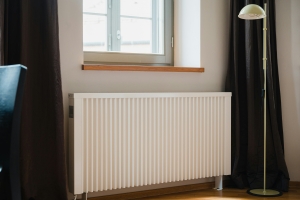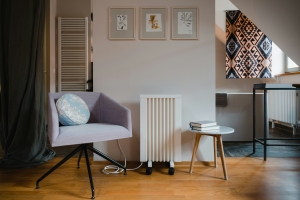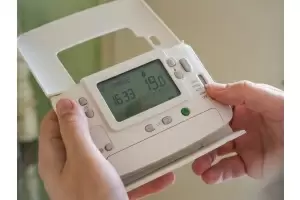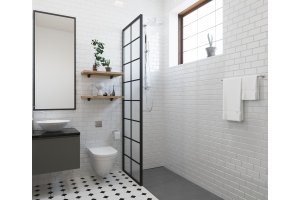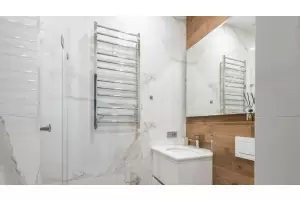As hot water systems continue to advance, homeowners are faced with a variety of options for water heating. Two main types of hot water cylinders are vented and unvented, which differ in their methods of supplying hot water. Vented cylinders have been around for decades and store and heat water that is fed directly from a tank in the loft. The tank’s position provides a natural gravitational force of water to the system, enabling it to provide hot water to tap outlets throughout the property.
Vented cylinders offer a constant source of water and a consistent head of pressure, making them suitable for supplying hot water to numerous bathrooms. However, the cylinder’s location is restricted by the position of the water tank, which can also impact the pressure flow of water if the height between the tank and the tap outlets is insufficient. Vented cylinders require minimal maintenance and are cheaper to install than unvented systems.
In contrast, Unvented Cylinders provide mains pressure hot water directly from the cold mains, resulting in better pressure performance than vented cylinders. Cold water is directly pulled from the main water supply and is heated by the selected heat source relevant to the cylinder type. Unvented cylinders can be installed in tight spaces since there is no requirement for a cistern tank, providing greater flexibility when space is restricted. However, an expansion vessel is needed to hold the excess volume of heated water when it expands within the cylinder, and a G3 qualified specialist is required to install the cylinder. Regular maintenance is also necessary to meet safety regulations.
Ultimately, the choice between a vented and unvented system depends on what is most important to the homeowner, whether it be budget, space, maintenance costs, or warranty and support. If budget is a priority, a vented cylinder may be the best option. If space is limited, an unvented system may be preferable. Tradeplumbing.co.uk provides both types of cylinders, with vented cylinders being cheaper to maintain and unvented cylinders offering better flow rates.
 Sales & Support
Sales & Support  Open Mon - Fri 9am to 5.30pm
Open Mon - Fri 9am to 5.30pm